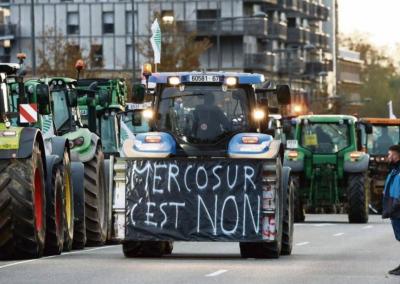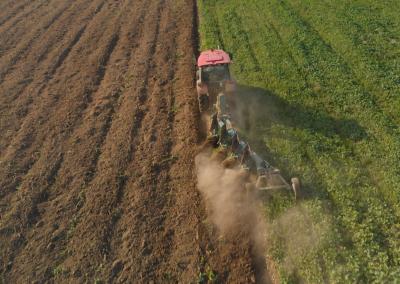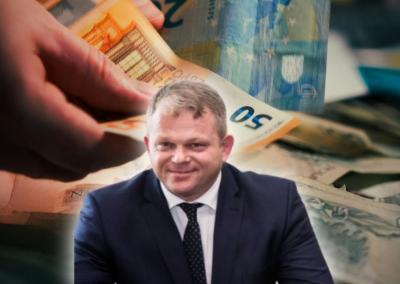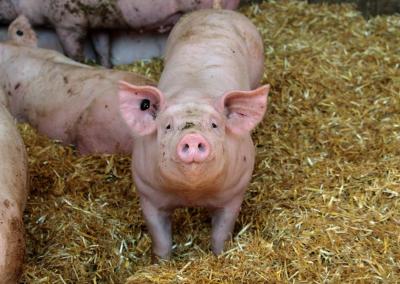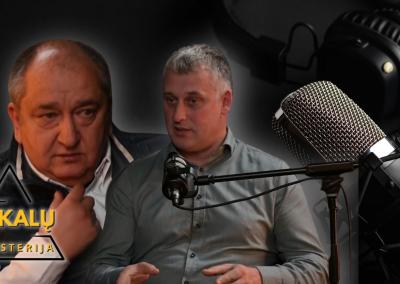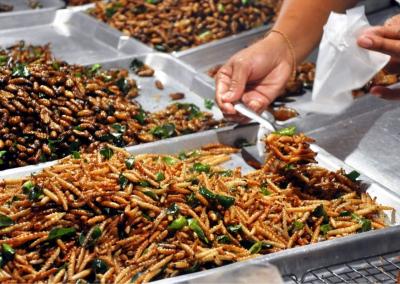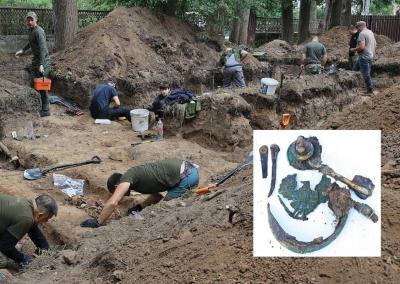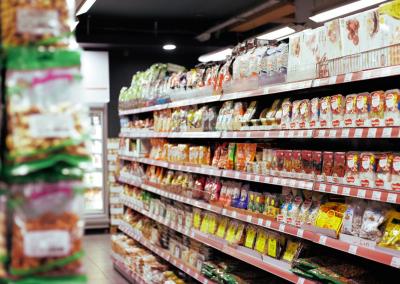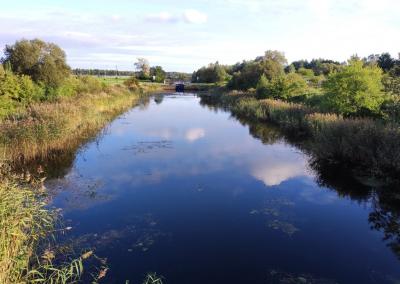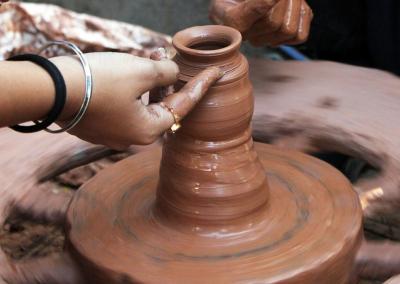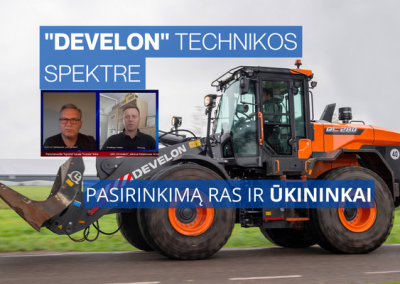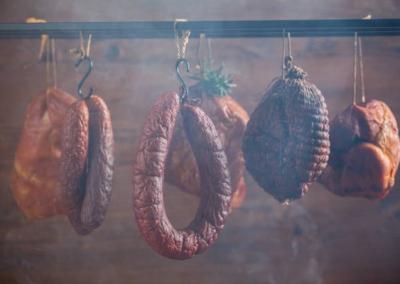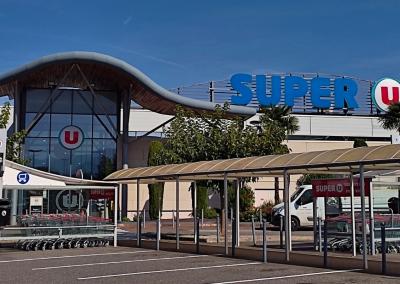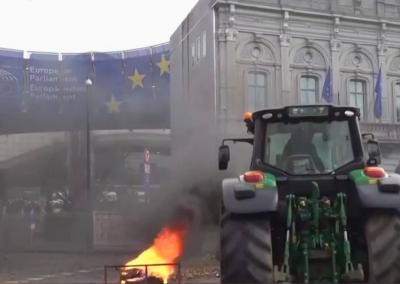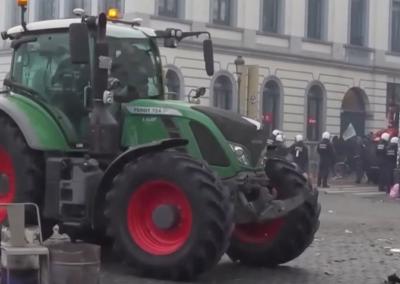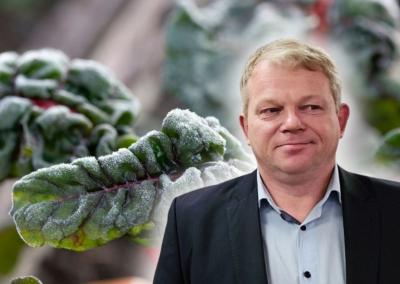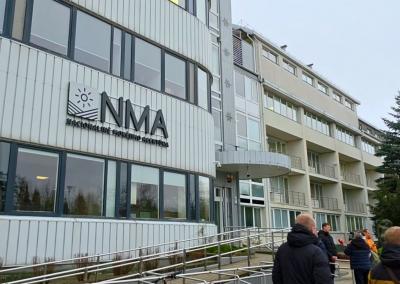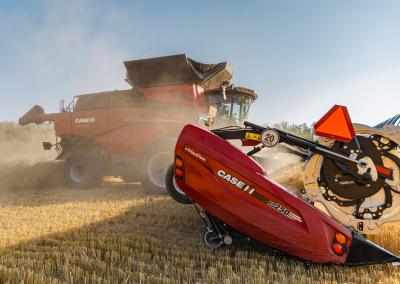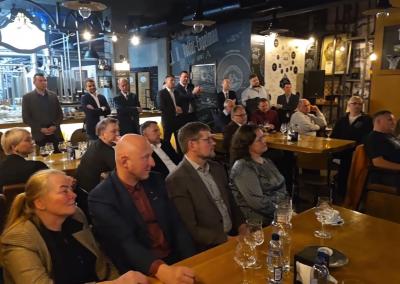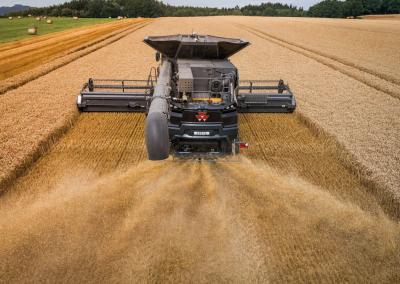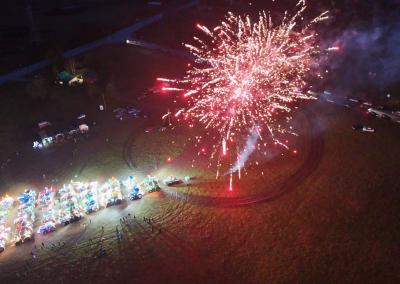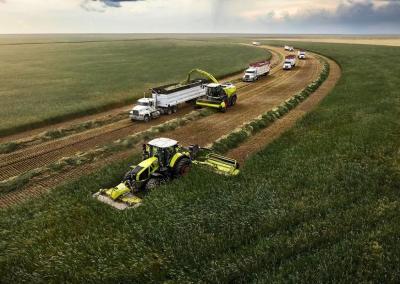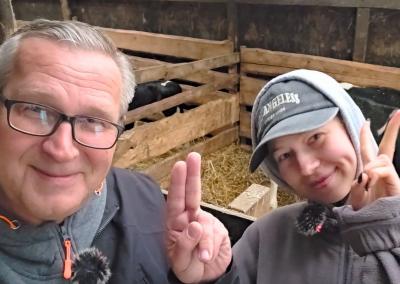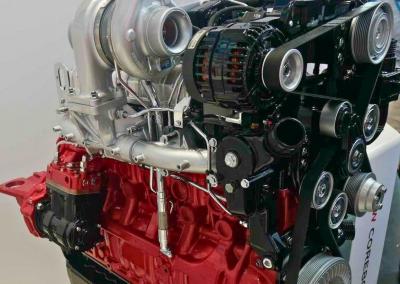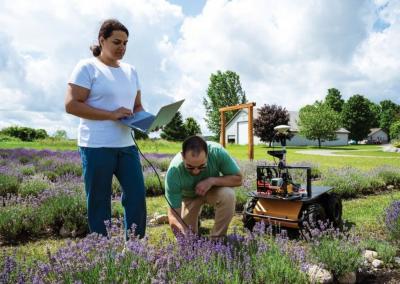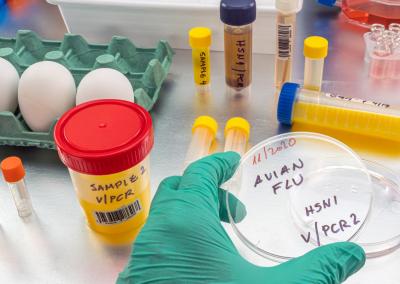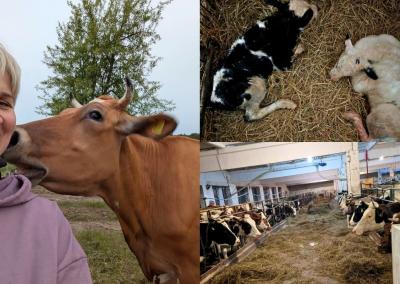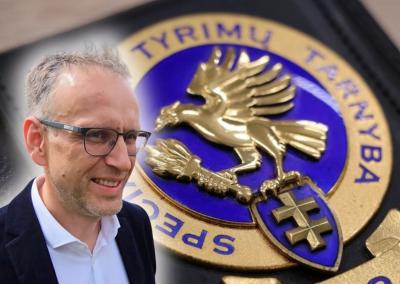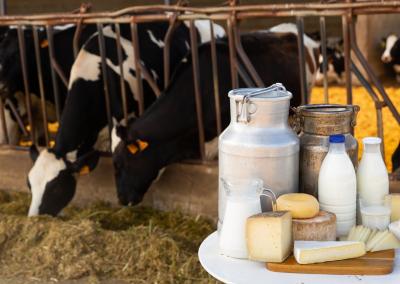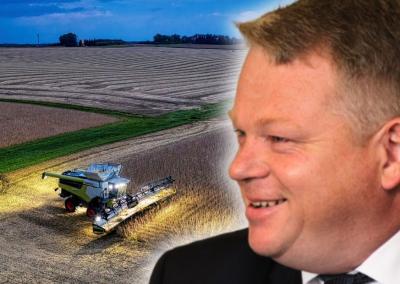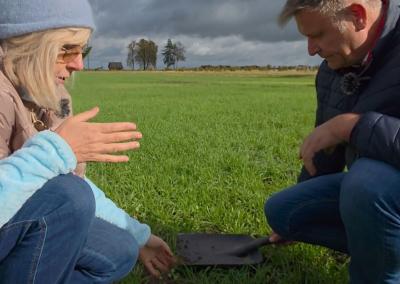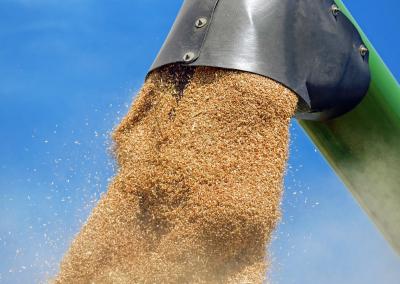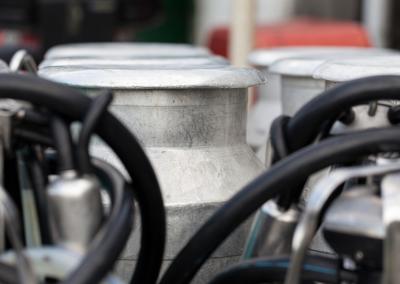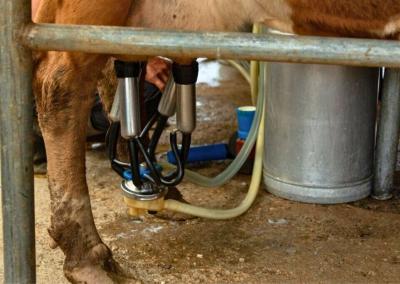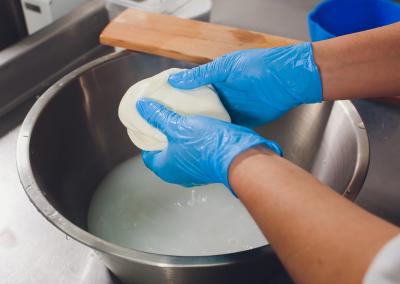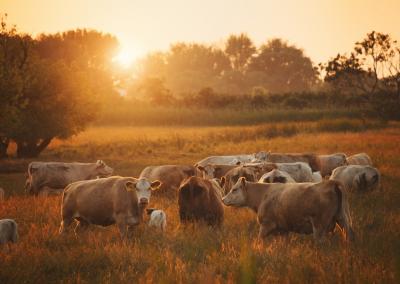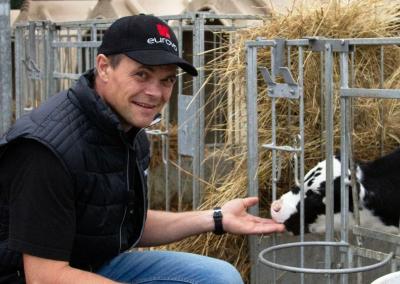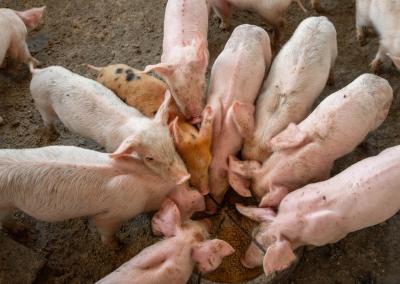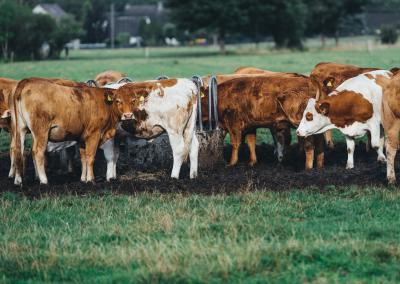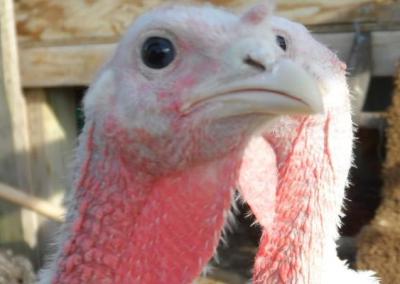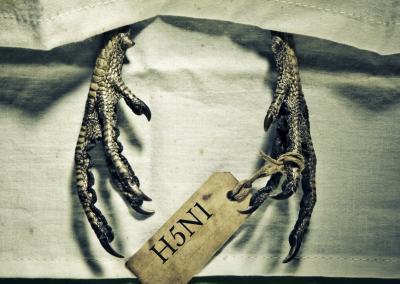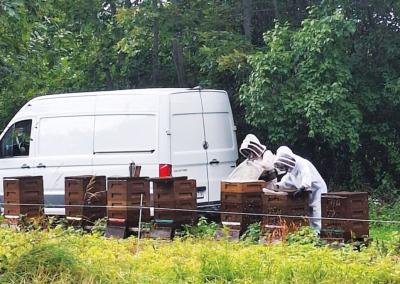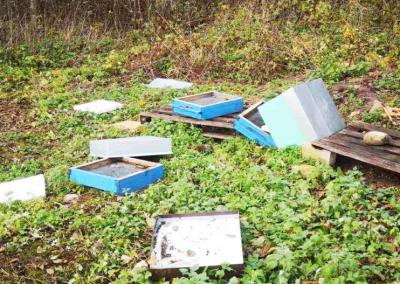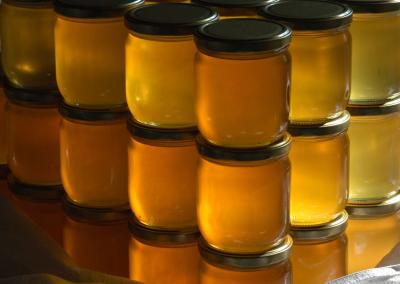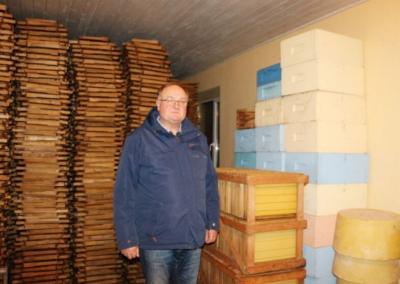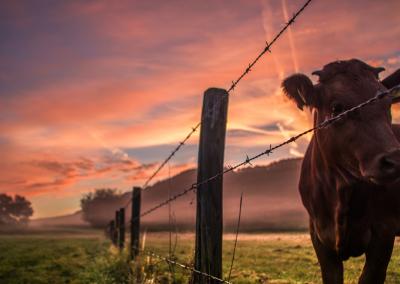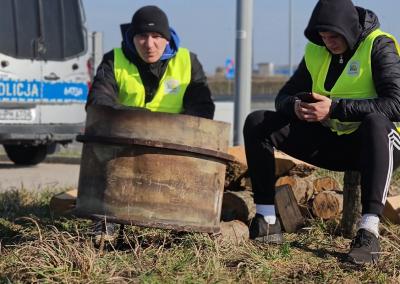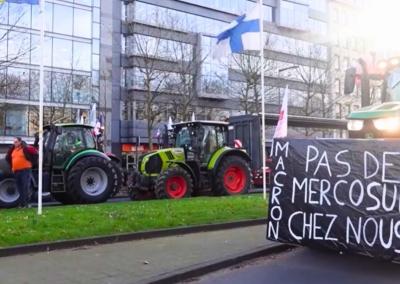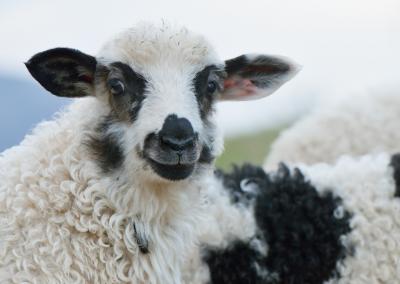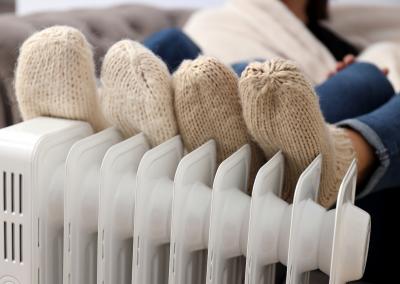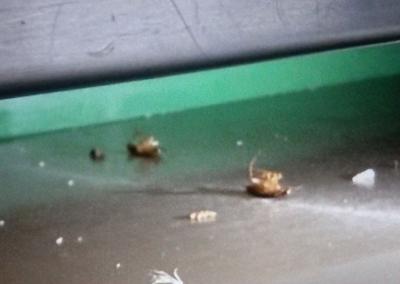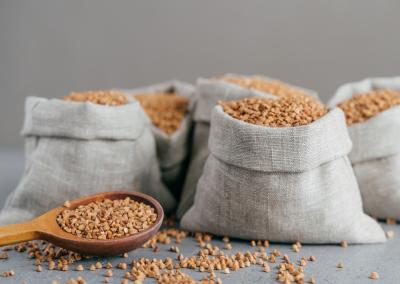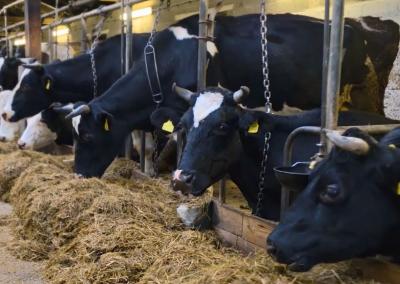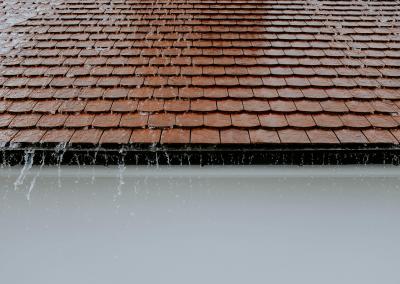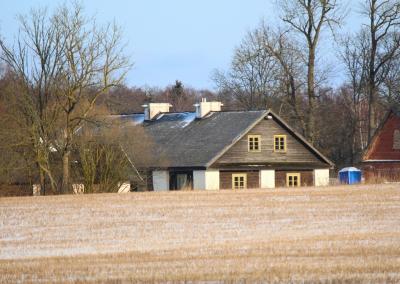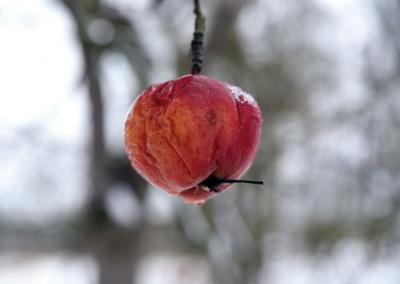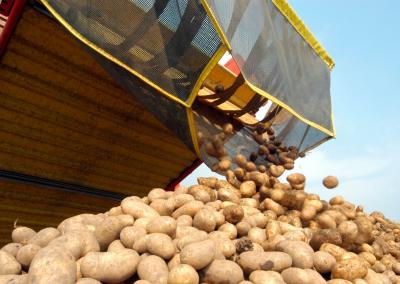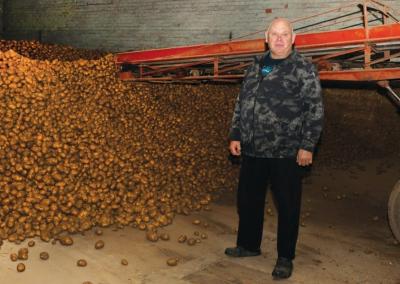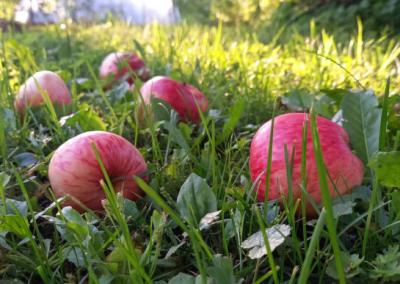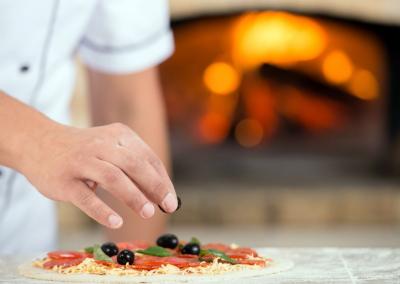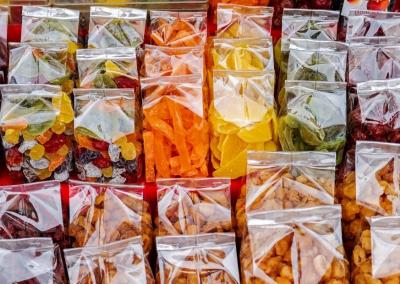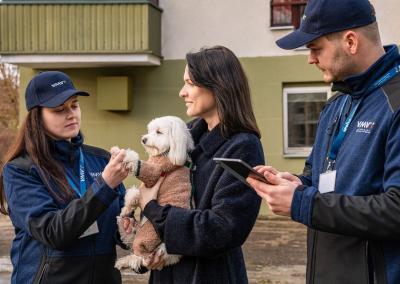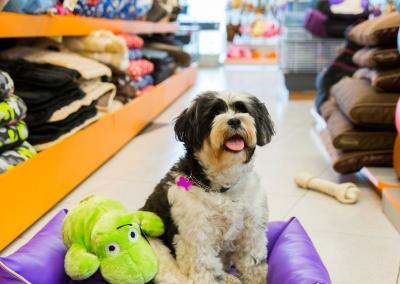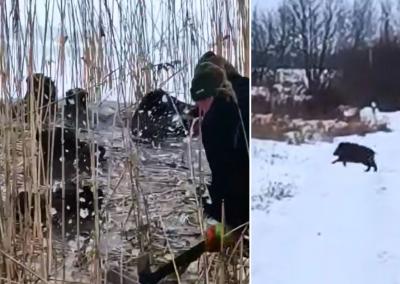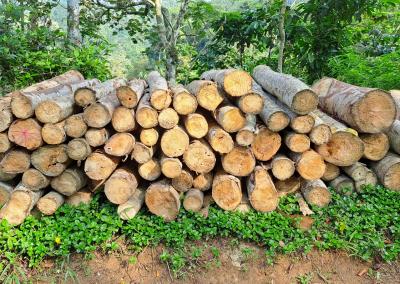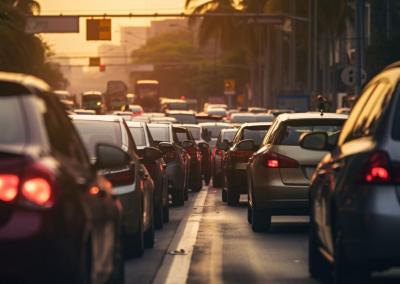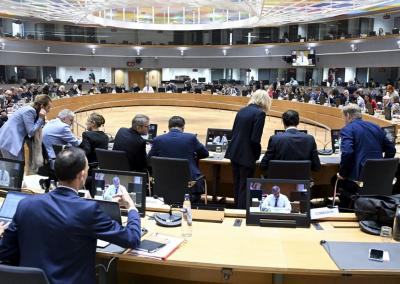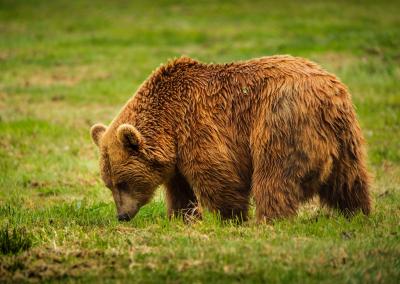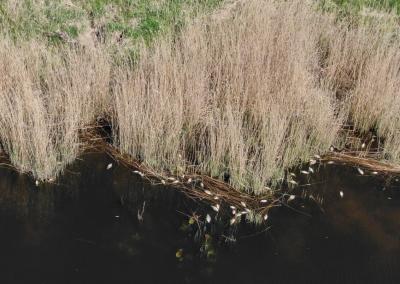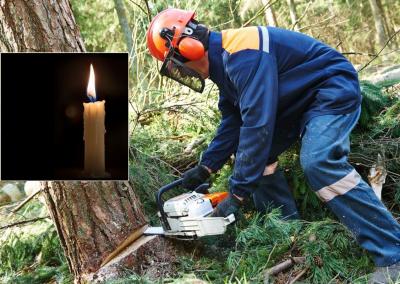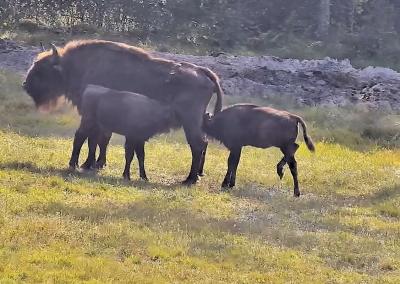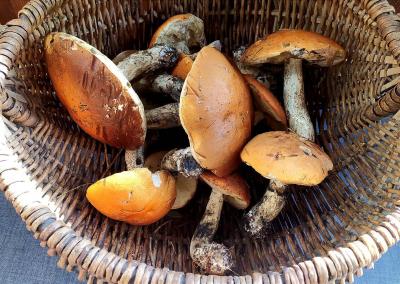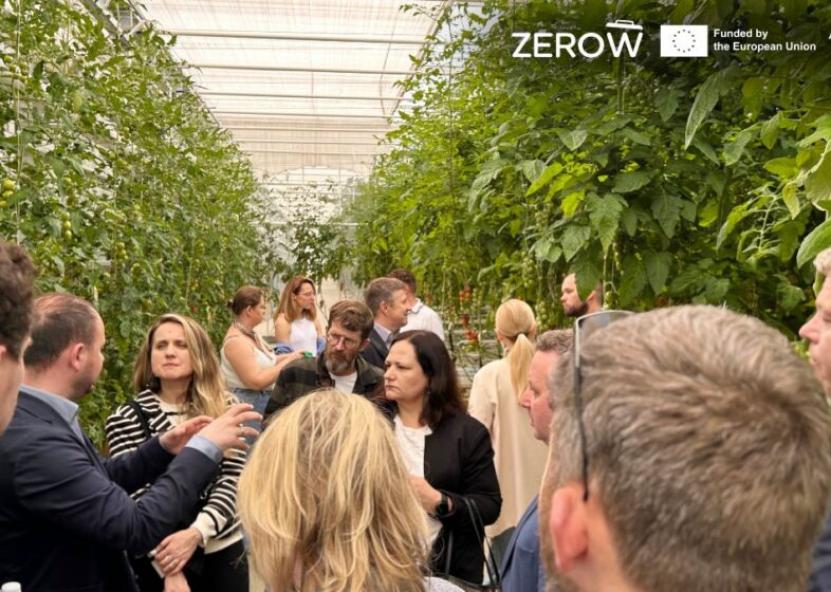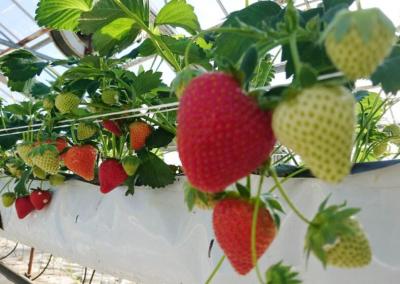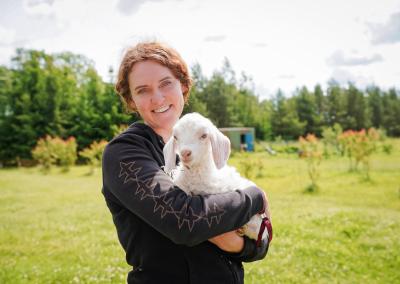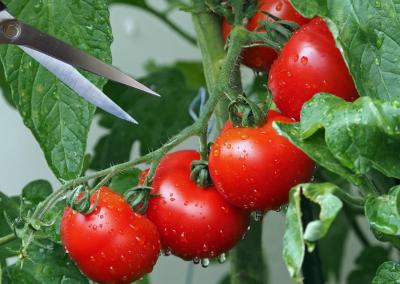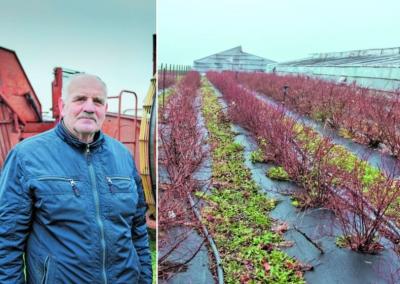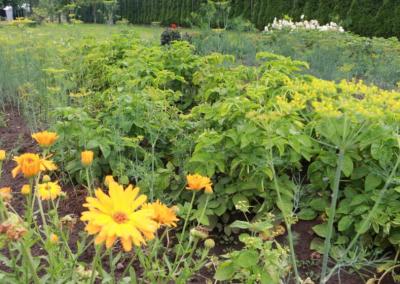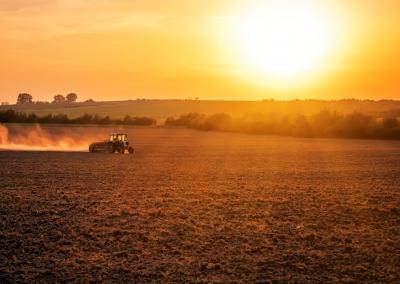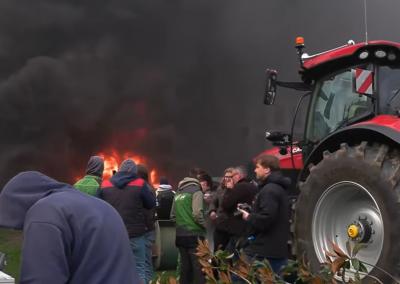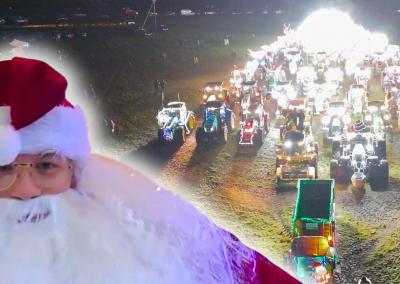Reconciling supply and demand for tomatoes: mission possible?
Balancing supply and demand for greenhouse-grown tomatoes is a complex process, influenced by factors such as fluctuations in consumer demand, erratic weather and perishable produce. Large quantities of tomatoes ripening at the same time often lead to price drops or losses, while insufficient supply can mean lost sales. Limited shelf-life, labour shortages, tight supply contracts and dependence on logistics chains further complicate an already delicate balance. Innovative technologies can help manage these processes.
Artificial Intelligence can measure tomatoes too
These technologies include a range of solutions based on digital tools. One of them is being jointly developed by partners in Lithuania thanks to the international ZeroW initiative. The technology in question is a greenhouse trolley with cameras and artificial intelligence algorithms to monitor tomato plants. The system captures images and detects the fruit, measures its size and classifies its ripeness based on its shade. This data helps to estimate future yields and plan harvesting.
In discussions with farmers who have observed the ZeroW greenhouse trolley in action, we heard that predictive capabilities can be valuable in stabilising prices and reducing wastage, especially given the changing natural conditions due to climate change, which often disrupt growing cycles. However, while such innovation can be valuable to farms, the truth is that the application of technology also presents challenges.
Digital solutions need to be calibrated for each greenhouse environment and tomato variety. Factors such as lighting, plant species and greenhouse layout configurations vary from farm to farm, so the AI model needs to be fine-tuned locally. Importantly, staff need to be trained in the use of modern technology, and the acquisition of innovative solutions raises a number of financial issues. The issue of technology integration thus becomes twofold: not only does it require a ready and smoothly functioning technology solution, but also an organisation that is ready to adopt and operationalise the technology.
Prospects for further technology development
Today, during the evaluation of the prototype of the technology under development, stakeholders were particularly interested in the additional functionalities. These could be incorporated into the ZeroW greenhouse trolley technology under development. These include early detection of plant diseases, which could reduce losses or control the spread of diseases; pest prevention, which could be one of the core functionalities in the further development of the technology; and a fully automated system that could move around the greenhouse without human supervision.
ZeroW is designed to be deployed on a HAAS basis – with greenhouse-specific technology, training package for staff and organisation representatives. The trolley could be calibrated according to the desired criteria: harvest planning for different types of tomatoes or other vegetables, identification of diseases.
The interest of stakeholders and their active participation in discussions with the bodies implementing the international ZeroW initiative in Lithuania, such as Agrifood Lithuania DIH, BetaVia, the Lithuanian Vegetable Growers' Association and the Lithuanian Food Exporters' Association, show that this technology has the potential to be further developed both on farms in our country as well as in other regions.

